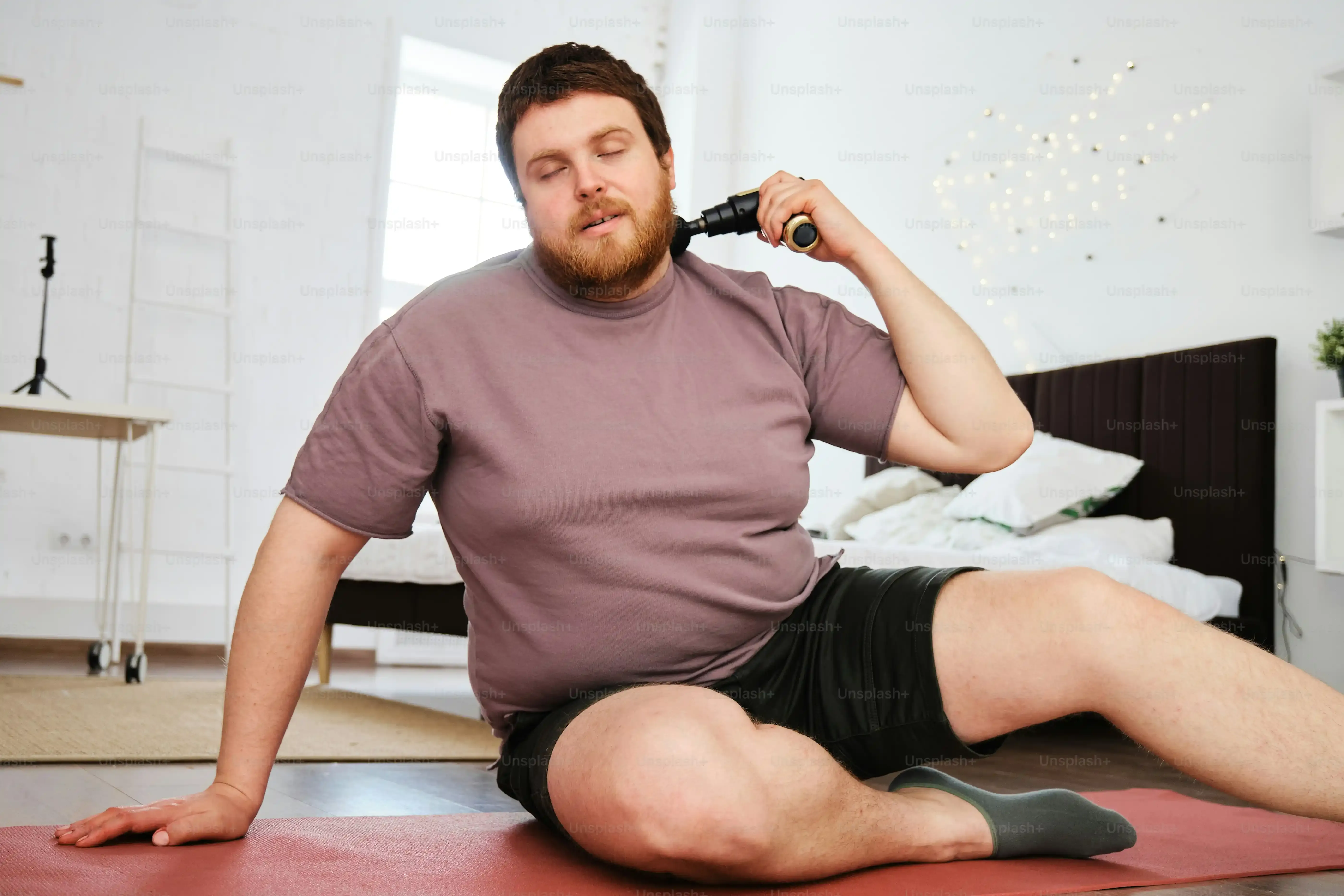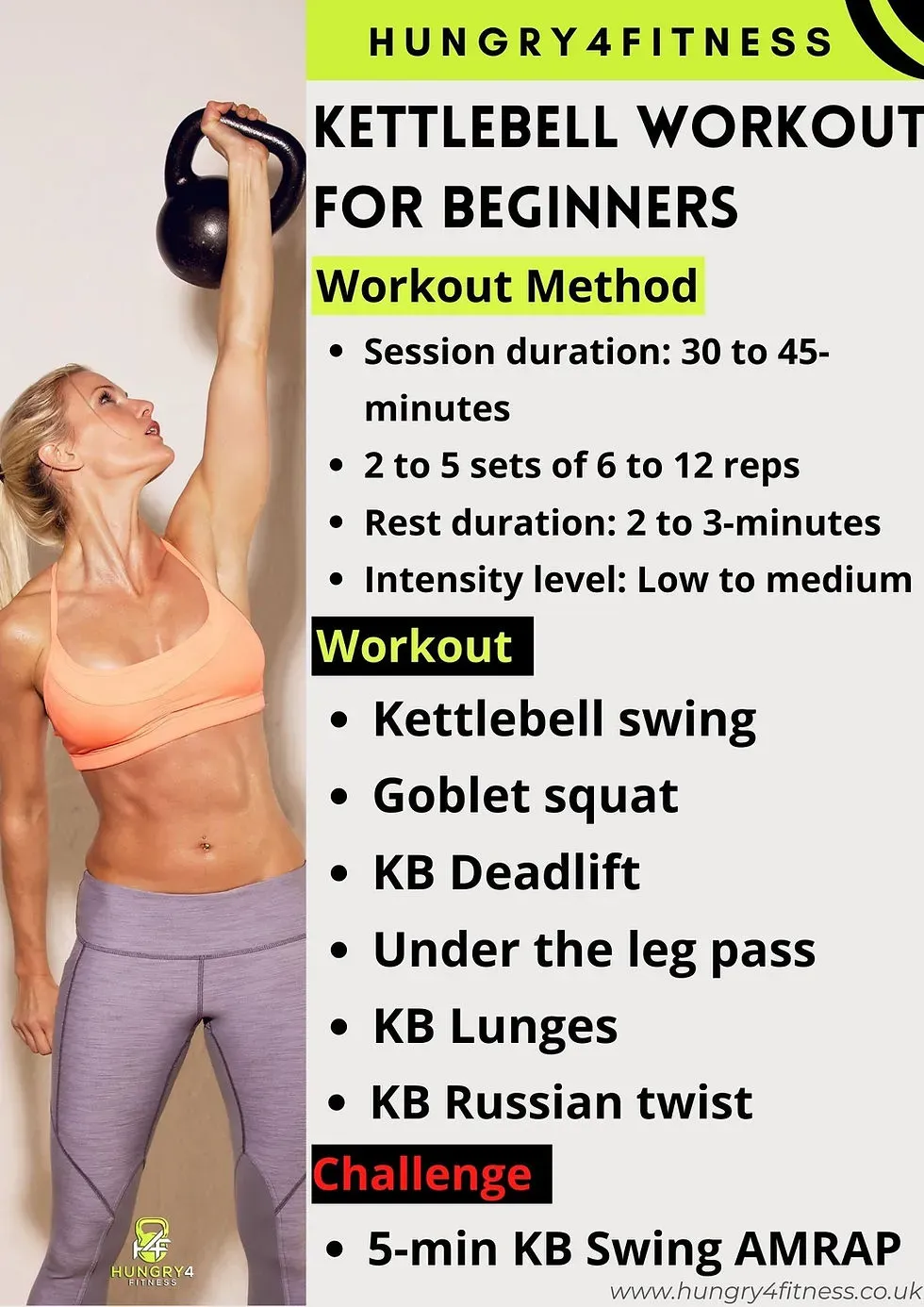Table of Contents
Thinking about starting to move your body but the usual gym routines feel like a bad joke? Maybe running sounds like punishment, and lifting heavy barbells feels miles away. Finding a starting point when you're carrying extra weight can feel daunting, like standing at the bottom of a mountain with no clear path. You're likely wondering what's safe, what actually works, and what won't leave you injured or completely discouraged after day one.
Starting Your Fitness Journey: Why Kettlebells for Obese Beginners?

Starting Your Fitness Journey: Why Kettlebells for Obese Beginners?
Facing the First Step: More Than Just Weight
Let's be real. Starting a fitness journey when you're significantly overweight isn't just about picking up a dumbbell. It's about navigating joint pain, low energy, maybe past failed attempts, and the sheer mental hurdle of feeling like you don't belong in a gym or fitness space. High-impact activities like running feel impossible. Complex machines are confusing. Standard workout plans? Often built for folks who aren't dealing with these specific challenges. You need something that meets you where you are, not something that expects you to already be halfway up the mountain.
Kettlebells: A Different Kind of Tool
This is where the humble kettlebell steps in. Unlike traditional dumbbells or barbells, the kettlebell's center of mass is offset from the handle. This design forces your body, particularly your core and stabilizing muscles, to work harder on even simple movements. For someone starting a kettlebell workout for obese beginners, this means you're building functional strength and stability from the ground up. You're not just lifting a weight; you're learning how to move with it. Many foundational kettlebell exercises are low impact, meaning less stress on knees, hips, and ankles – a crucial factor for heavier individuals.
Think about it: a deadlift with a kettlebell can be done with a wider stance to accommodate your body shape, and the weight hangs naturally below you. A simple goblet squat holds the weight in front of your chest, acting as a counterbalance that can make squatting easier and safer than holding weights at your sides or on your back.
Why Kettlebells Make Sense Early On:
- Low Impact: Less pounding on joints.
- Functional Movement: Builds strength for everyday tasks.
- Core Engagement: Works your midsection constantly.
- Balance and Stability: Improves body control.
- Versatile: One tool for many exercises.
Building Confidence and Capability
Mastering a few basic kettlebell movements early on provides a tangible sense of progress. It's not just about the number on the scale; it's about feeling stronger, more stable, and more capable in your own body. A successful kettlebell workout for obese beginners lays a solid foundation without overwhelming you. You start with simple swings (when you're ready!), deadlifts, and presses, learning proper movement patterns. This builds confidence. You see you *can* do this. It's a process, yes, and it takes effort, but it's achievable. It’s about adding a useful tool to your belt, not joining a circus act.
Workout 1: Building the Foundation with Simple Kettlebell and Bodyweight Moves

Workout 1: Building the Foundation with Simple Kettlebell and Bodyweight Moves
Workout 1: Getting Started Safely
so you're ready to dip your toes in. This first workout is your absolute ground zero for a kettlebell workout for obese beginners. We're not trying to break any records here. The goal is simple: get familiar with basic movement patterns, learn how your body feels doing them, and build a tiny bit of confidence. Think of it as the warm-up for your entire fitness journey, but it's also the workout itself. We're combining one key kettlebell move with a couple of simple bodyweight exercises to keep things manageable and effective without feeling overwhelming. It's designed to be low-impact and focus on form over everything else. Don't worry about the weight yet, just focus on moving correctly.
Workout 1 Exercises:
- Kettlebell Single Arm Deadlift: This is fantastic for learning to hinge at the hips and strengthen your back and legs safely. Use a light weight you can control. Focus on keeping your back straight.
- Bodyweight Wall Slides: Great for shoulder mobility and posture, especially if you sit a lot. Lean against a wall, slide arms up and down, keeping elbows and wrists touching the wall if possible.
- Bodyweight Bird Dog: Works your core and improves balance and stability. Start on hands and knees, extend opposite arm and leg while keeping your back flat.
Progressing Your Training: Workout 2 for Kettlebell Workout for Obese Beginners

Progressing Your Training: Workout 2 for Kettlebell Workout for Obese Beginners
Workout 2: Adding a Little More
Alright, so you’ve spent some time with Workout 1, feeling out the deadlift, wall slides, and bird dogs. Maybe you’re not bouncing off the walls with energy, but you’re probably not feeling completely destroyed either. That’s the point. Now, we nudge things forward slightly. Workout 2 for your kettlebell workout for obese beginners introduces a couple of new movements that build on the stability you started developing. We’re not jumping into advanced acrobatics; think of these as the logical next steps that introduce a bit more dynamic movement and coordination. It’s about gradually expanding your movement library and challenging your body just enough to keep progressing without hitting a wall or, worse, getting hurt.
Taking the Next Step: Workout 3 in Your Kettlebell Workout for Obese Beginners Program

Taking the Next Step: Workout 3 in Your Kettlebell Workout for Obese Beginners Program
Stepping Up the Intensity (Carefully)
you've worked through Workout 1 and tackled Workout 2. You're starting to feel a bit more comfortable with movement, maybe less winded after a few sets. This is fantastic progress for a kettlebell workout for obese beginners. Workout 3 introduces slightly more dynamic movements, specifically the kettlebell swing. Now, before you picture yourself launching the kettlebell into orbit, understand this is a hip hinge movement, not an arm exercise. It's arguably the most foundational kettlebell exercise, building power from your hips and strengthening your posterior chain. It requires focus on form, but once you get it, it's incredibly effective.
The Movements in Workout 3
Workout 3 for your kettlebell workout for obese beginners layers in the swing, a halo, and brings back a bodyweight squat. The Swing, even a small, controlled one, teaches explosive hip extension – super useful for everyday life, like standing up or climbing stairs. The Halo is great for shoulder mobility and core stability. The Bodyweight Squat reinforces a fundamental movement pattern you'll use constantly. Remember, focus on quality over quantity. Don't rush through reps just to finish faster.
Workout 3 Exercises:
- Kettlebell Swing: Focus on the hip hinge. Push your hips back, let the kettlebell swing back between your legs, then powerfully snap your hips forward to drive the bell up to chest height. Your arms are just ropes.
- Kettlebell Halo: Hold the kettlebell by the horns and circle it around your head, keeping it close. Go both directions. This works your shoulders and upper back.
- Bodyweight Squat: Feet about shoulder-width apart, toes slightly out. Push your hips back and down like you're sitting in a chair. Keep your chest up and back straight. Go as low as comfortable while maintaining good form.
Consistency and Listening to Your Body
Implementing this stage of your kettlebell workout for obese beginners requires consistency. Aim for 2-3 times a week, with rest days in between. Pay attention to how you feel. Some soreness is normal, but sharp pain is a signal to stop. Don't be afraid to use a lighter weight or reduce the number of reps if needed. Progress isn't linear; some days will feel harder than others. The key is showing up and putting in the work, even when you don't feel like it. Celebrate the small wins – completing a set with better form, feeling a little stronger, or just sticking to the plan.
Moving Forward with Your Kettlebell Journey
Starting any fitness program, especially when you're new to exercise and carrying extra weight, takes guts. We've laid out three progressive workouts focusing on the kettlebell workout for obese beginners, designed to meet you where you are and build a solid foundation. These aren't magic fixes, but they are concrete steps. Consistency, paying attention to your body, and adjusting as needed are key. The weight on the scale might not drop overnight, but building strength and improving movement patterns is a win in itself. Keep showing up for yourself, one swing or deadlift at a time.